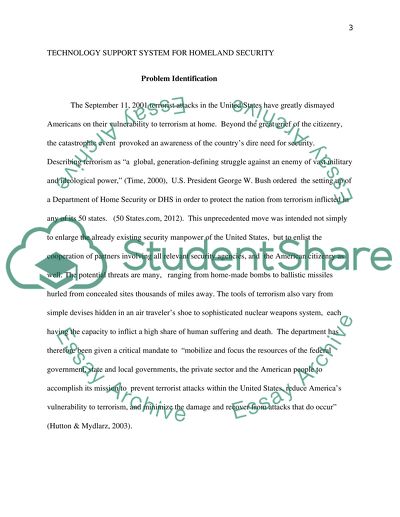Cite this document
(“Technology Support System For Homeland Security Program Assignment”, n.d.)
Technology Support System For Homeland Security Program Assignment. Retrieved from https://studentshare.org/design-technology/1400009-technology-support-system-for-homeland-security
Technology Support System For Homeland Security Program Assignment. Retrieved from https://studentshare.org/design-technology/1400009-technology-support-system-for-homeland-security
(Technology Support System For Homeland Security Program Assignment)
Technology Support System For Homeland Security Program Assignment. https://studentshare.org/design-technology/1400009-technology-support-system-for-homeland-security.
Technology Support System For Homeland Security Program Assignment. https://studentshare.org/design-technology/1400009-technology-support-system-for-homeland-security.
“Technology Support System For Homeland Security Program Assignment”, n.d. https://studentshare.org/design-technology/1400009-technology-support-system-for-homeland-security.


